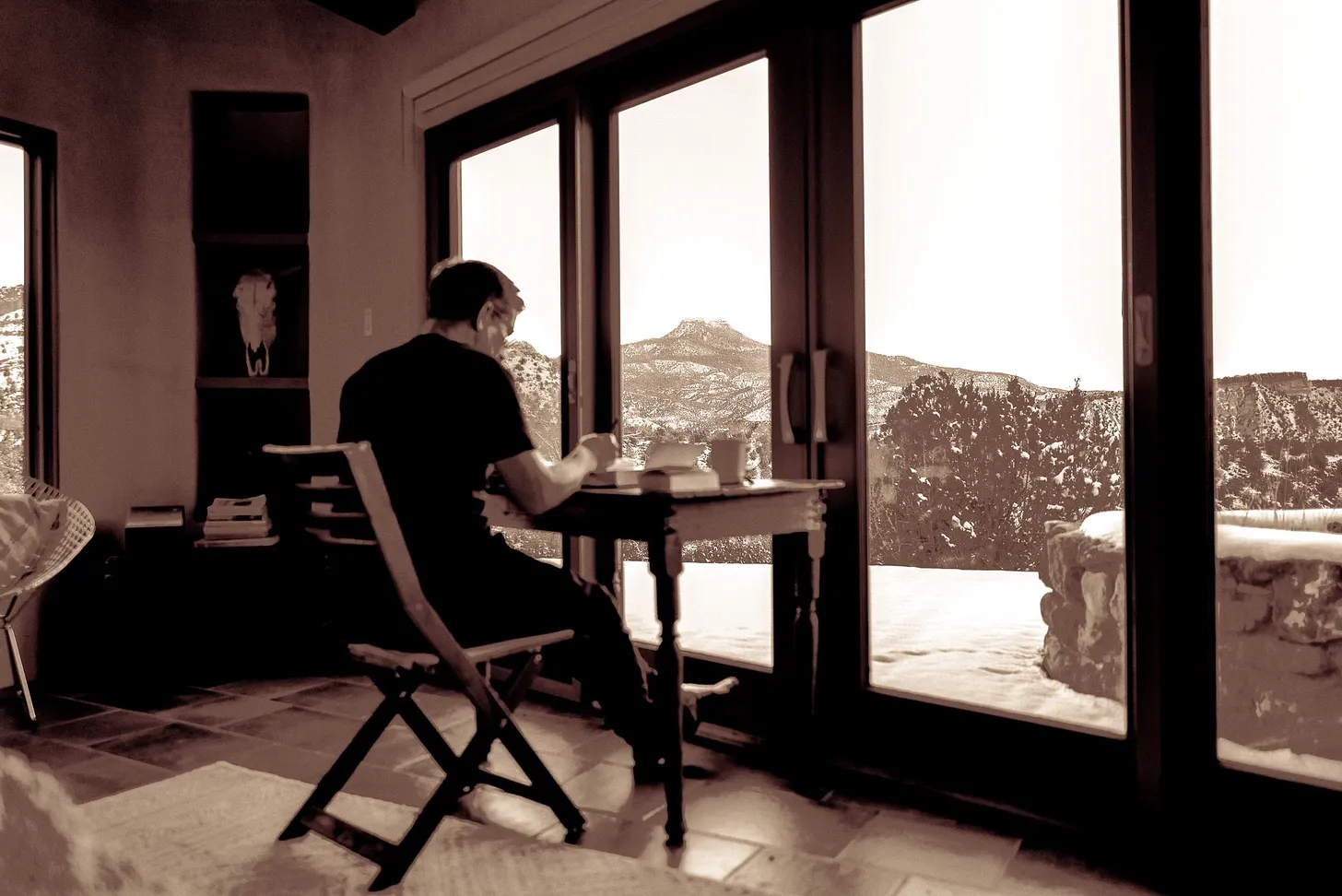by Paul Martin
There was this look in the eyes of all of them. And the way they interacted. How to describe it? Indeed, it is a brute vulnerability. No small talk. No banality of football games or stock markets or flexing about the vacation to Paris.
And I met Andrea. This was a dinner in DC at a place called Carmines with a group of parents who lost their children to fentanyl poisoning. Sitting with them for two hours, I didn’t just hear the stories—how their child, not being traditional drug users, died from experimenting with what they believed was Oxy or Adderall or Xanax.
I saw their grief: anger, bargaining, depression. SAW IT.
What I witnessed I have seen countless times in the months since—the same look in the eyes of not only parents who lost children to fentanyl, not only children who lost parents to the poison, but parents whose children are living on the streets, slaves to the drug the DEA has deemed the deadliest of all time.
Throughout the meal, the look brings a vivid vulnerability, nakedness, and rawness, and the look of surprise.
In my twenties, I had an office job. One day, a colleague said, “Hey Paul, if your face needs to be five inches from what you’re reading, think you might need an eye exam?” A few days later, I finished the eye exam. A week later—and I couldn’t express the “aha” moment if I tried—the optometrist assistant placed the glasses on my face.
“No. Way. This is what normal vision is like?”
Left the office, glasses on, in utter awe. Still can’t believe this is normal vision. I drove to Costco, and I will never forget it. I shopped, thinking, “No way, I can see the far end of the store!”
Then I took them off to compare them to my old normal. I felt disoriented, maybe confused with the contrast. And I wonder what look I had on my face at that moment; it must have been like those grieving parents in DC.
A sense of disorientation that affects the arrangement of facial features.
Andrea and I were recently texting. She sometimes will send photos of Alec, her son who passed on March 21—nearly two years ago. I hit the “heart” response on my iPhone. As a father with three children, I go there, trying to imagine the profound sense of loss.
I’m trying to convey the “other side” of the fentanyl crisis with United Against Fentanyl and the #JustSayNever campaign. The one side is what we all know about illicit substances: users become addicts, then often homeless, and many overdoses and die. That’s been true with heroin and cocaine and meth and prescription opioids like Oxy. There’s nothing new there.
But in this drug crisis, you have the reality of cartels “cutting” fentanyl into counterfeit drugs—not to kill users intentionally. But because it’s so cheap, addictive, and unsuspecting users don’t know they are dealing with fire.
A teen buys the pill from Snapchat, wanting to experiment as most kids do. And that’s it—the end.
